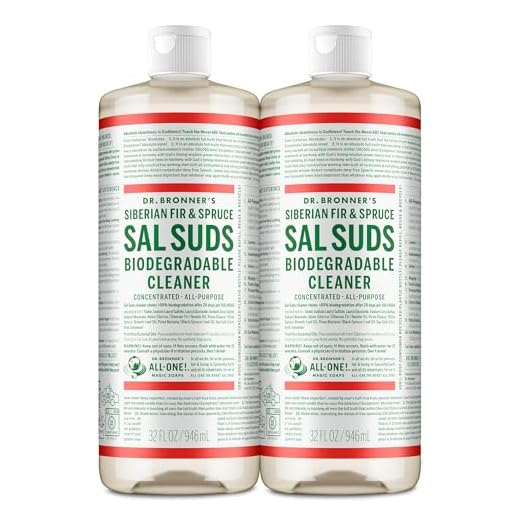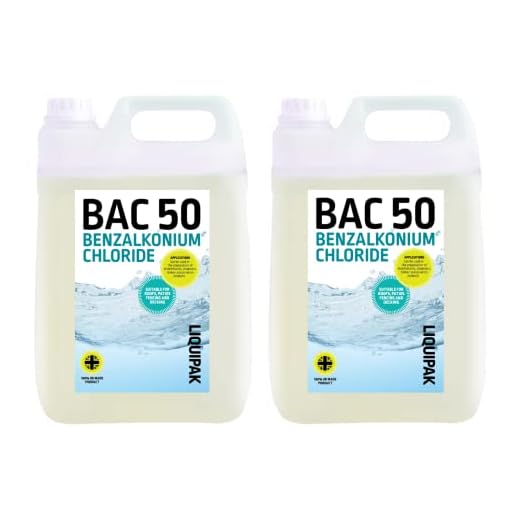


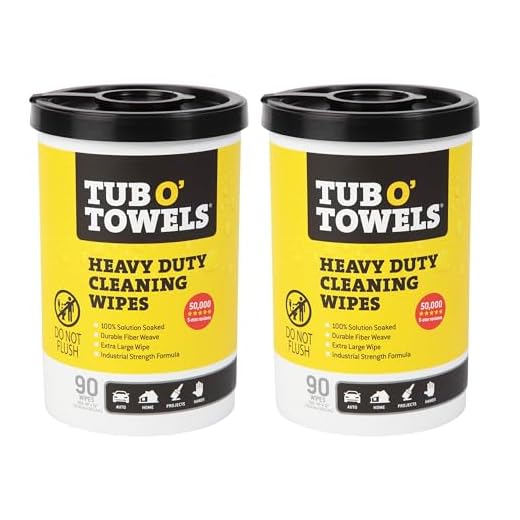
For outstanding cleaning performance, I recommend opting for sodium hypochlorite for tackling organic stains like mildew and algae. This compound excels in disinfecting and brightening surfaces while being easy to rinse away. Always ensure you dilute it properly to prevent any damage to delicate materials.
For stubborn grime, a blend of sodium hydroxide is an excellent choice. It cuts through grease and heavy deposits, especially on concrete and metal surfaces. Use caution, as this chemical can be caustic; protective equipment is advisable during application.
When dealing with vehicles or areas sensitive to harsh chemicals, biodegradable surfactants are preferable. They provide effective cleaning without compromising the environment or surfaces. Look for products that are non-toxic and specially formulated to lift dirt gently.
Furthermore, acetic acid is a great natural alternative for removing mineral deposits and hard water stains. It’s effective in a diluted solution, making it safe for routine maintenance on patios and decks.
Always consult the manufacturer’s guidelines for ideal mixing ratios and compatibility with your equipment. Selecting the right cleaning agent tailored to specific tasks significantly enhances results while extending the lifespan of your machines.
Specific Agents for Cleaning Equipment
For optimal results, I recommend using dedicated substances tailored to various surfaces and types of grime. Alkali-based formulations excel at breaking down oily residues, while acidic solutions target mineral deposits and rust. Never underestimate the efficiency of surfactants; they enhance the wetting properties, allowing water to disperse more rapidly and effectively dislodge dirt.
Popular Types of Solutions
| Type | Purpose | Application Surface |
|---|---|---|
| Degreasers | Remove heavy oils and grease | Garage floors, machinery |
| Concrete cleaners | Eliminate stains from concrete | Driveways, patios |
| Deck and siding cleaners | Clean wood and vinyl surfaces | Decks, fences, house siding |
| Roof cleaners | Target mould and mildew | Roofs, gutters |
| Patio and masonry cleaners | Remove moss and dirt | Pavers, brickwork |
Safety Measures and Recommendations
Always adhere to safety protocols. Equip yourself with gloves, goggles, and protective clothing, as many of these substances can be harsh on skin and surfaces. Additionally, reading labels before use ensures compatibility with the desired material. Mishandling can lead to surface damage or ineffective cleaning.
Alkaline Cleaners for Heavy Grease and Oil Removal
For optimal performance in tackling stubborn grease and oil stains, I recommend using alkaline solutions specifically formulated for heavy-duty cleaning tasks. These products excel at breaking down fats and organic matter, making them ideal for industrial settings where grime accumulates.
When selecting an alkaline cleaner, look for those that contain sodium hydroxide or potassium hydroxide as active ingredients. These compounds enhance cleaning efficiency by saponifying oils, which transforms them into soap, allowing for easier rinsing.
Concentration is key; a dilution ratio of 1:10 is common for tough jobs, but always refer to the manufacturer’s guidelines. Testing the solution on a small area first helps ensure compatibility with surfaces to avoid damage.
After application, I prefer letting the cleaner dwell for at least 10 minutes before rinsing. This dwell time aids in breaking down the toughest residues, leading to superior results. A hot water system can further enhance the cleaning effectiveness, as heat accelerates chemical reactions.
Personal protective equipment is non-negotiable when handling these alkaline formulations. Gloves, goggles, and, if necessary, a respirator should be used to avoid skin irritation or respiratory issues.
In conclusion, selecting the right alkaline cleaner and applying it correctly will lead to impressive outcomes in grease and oil removal. Always prioritise safety and effectiveness for the best results in any cleaning endeavour.
Acidic Cleaners for Mineral Deposit and Rust Removal
For effectively tackling mineral deposits and rust, citric acid and phosphoric acid are leading options. Citric acid is excellent for light to moderate scaling, while phosphoric acid excels in breaking down rust on metal surfaces.
When using citric acid, a typical dilution ratio is 1 part acid to 3 parts water. This mixture works well for applications on tiles, glass, and metal. Always apply it with a soft-bristled brush to ensure even coverage.
With phosphoric acid, a solution of 1:1 with water can be utilised for more severe rust stains. This cleaner is particularly beneficial for restoring metal equipment and tools. Allow it to sit for 10-15 minutes before rinsing thoroughly to prevent surface damage.
Safety precautions are imperative. Proper protective gear such as gloves and goggles is essential to prevent skin burns and eye irritation. Ensure adequate ventilation when working indoors.
Always conduct a patch test in an inconspicuous area before applying these substances broadly. It’s critical to check compatibility with the surface to avoid unintentional damage.
Additionally, combining acidic options with pressure cleaning enhances efficacy, as the force of the water aids in dislodging stubborn deposits. This method can significantly reduce manual scrubbing time.
Utilising these acids judiciously will yield cleaner surfaces while preserving the integrity of materials. Adopting the right strategies maximises results in mineral and rust removal efforts.
Biodegradable Solutions for Eco-Friendly Cleaning
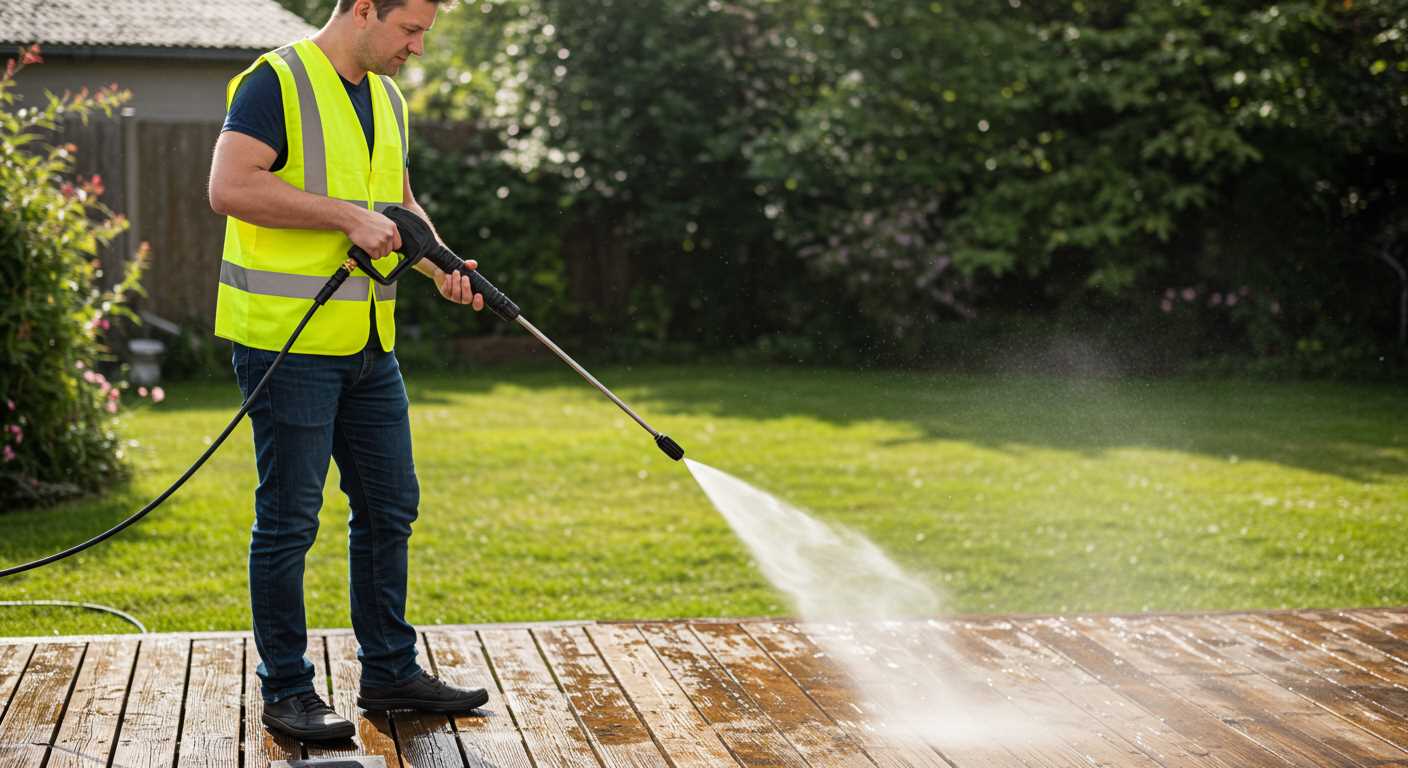
Opt for products that break down naturally in the environment, minimising ecological impact. Many formulations now incorporate plant-based surfactants and natural solvents, which effectively lift grime without harming surrounding flora and fauna. Look for brands that display certifications confirming biodegradability and non-toxicity.
One recommended product is a citrus-based cleaner. It delivers robust cleaning power against organic stains like oil or grease. Citrus extracts contain d-limonene, which acts not only as a degreaser but also leaves a pleasant scent behind. Always check for concentrations, as higher percentages yield better results, especially on stubborn spots.
Another effective alternative is enzyme-based cleaners. These solutions utilise naturally occurring enzymes to break down organic material. They are especially useful for removing biological stains, such as mildew and mould, and are safe for plants and waterways. Ensure the temperature is suitable, as some enzymes work best in warmer conditions.
Sodium bicarbonate, or baking soda, is a gentle abrasive that can serve multiple purposes. It works effectively against light grime and acts as a deodoriser. Combine it with vinegar for a potent natural cleaning reaction, perfect for tackling tough stains without harsh side effects.
For varying surface types, consider implementing a combination of biodegradable options tailored to specific needs. This approach ensures thorough cleaning while adhering to eco-friendly practices, protecting both your surroundings and the environment.
Detergents and Surfactants for Surface Penetration
Surfactants are crucial for optimal surface cleaning. They lower the surface tension of water, allowing it to spread and penetrate more effectively into grime and muck. Common surfactants include sodium lauryl sulphate and alkylbenzene sulfonates, both known for their ability to tackle tough stains.
Types of Surfactants
- Anionic Surfactants: These are highly effective on greasy surfaces and work well in alkaline formulations. They create a rich lather, which aids in lifting and suspending dirt.
- Cationic Surfactants: Often used for their antibacterial properties, these are suitable for disinfecting as well as cleaning, making them ideal for surfaces requiring sanitisation.
- Nonionic Surfactants: These perform well in varying temperatures and are less affected by hard water, which means consistent performance regardless of surroundings.
Application Recommendations
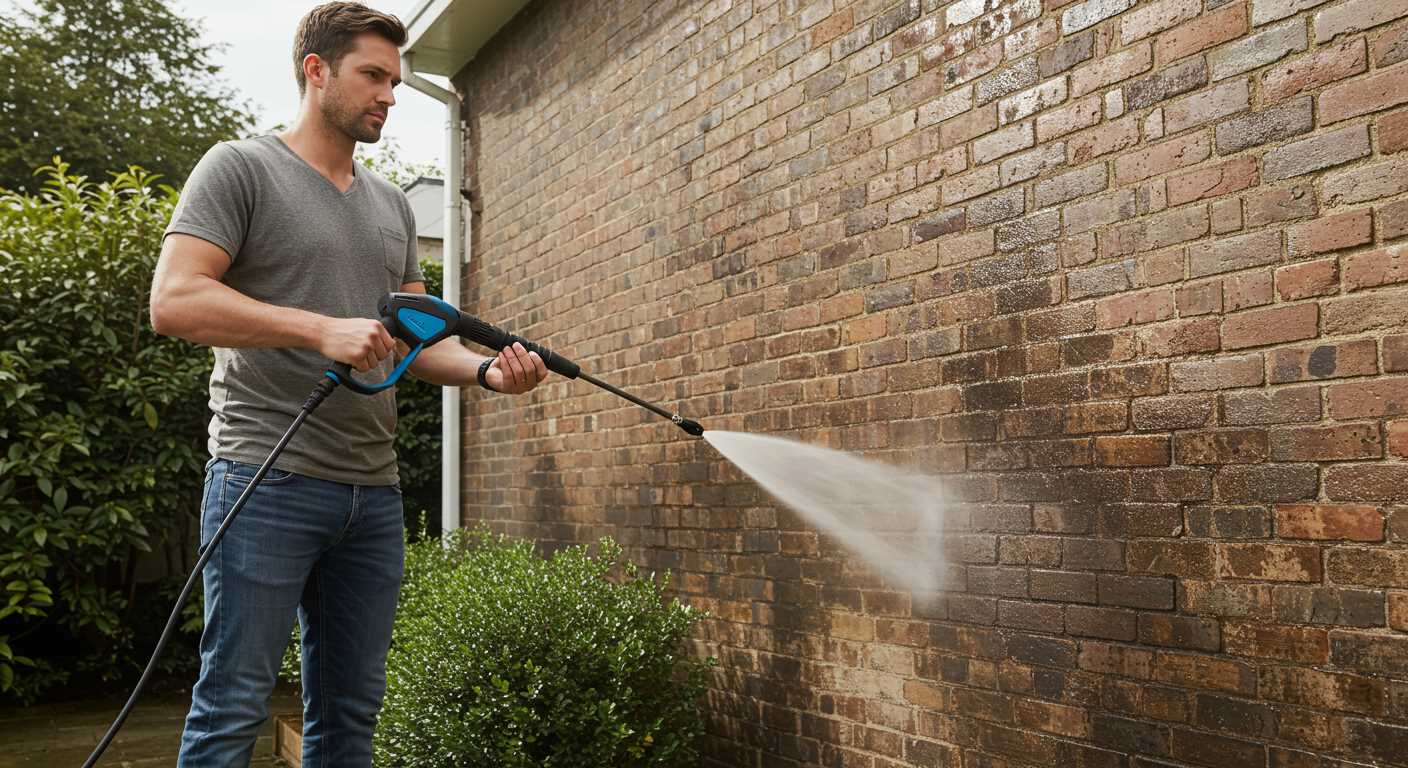
- For tough oil and grease, combine anionic surfactants with alkaline solutions for best results.
- Use cationic varieties post-cleaning where sanitation is paramount, especially in food-related environments.
- Implement nonionic surfactants when dealing with delicate surfaces that might be damaged by harsher formulations.
In my experience, selecting the right combination of detergents and surfactants significantly enhances cleaning outcomes, as they ensure that the solution adheres to and penetrates the surface effectively. This not only removes stains but also prepares surfaces for further treatment or protection.
Disinfectants for Sanitising Surfaces in High-Traffic Areas
For optimal sanitation in high-traffic zones, I recommend using quaternary ammonium compounds (quats). These sanitizers are highly effective against a wide range of pathogens, making them suitable for environments where cleanliness is paramount.
Key Options for Disinfectants:
- Benzalkonium Chloride: Effective against bacteria, viruses, and fungi. Ideal for frequent use on surfaces like door handles, light switches, and shopping carts.
- Hydrogen Peroxide: Known for its potent oxidising properties, it breaks down organic material and microorganisms. Suitable for a variety of surfaces.
- Sodium Hypochlorite: A strong option, particularly for hard surfaces. It offers fast-acting disinfection but requires proper dilution to prevent damage.
- Isopropyl Alcohol: Particularly effective on non-porous surfaces, providing quick sterilisation. It’s ideal for electronic devices and horizontal surfaces.
Best Practices for Application:
- Always follow manufacturer’s instructions for dilution and contact time to ensure effectiveness.
- Use a clean, non-abrasive cloth or mop to apply the disinfectant, preventing cross-contamination.
- Allow sufficient dwell time; this is critical for killing pathogens effectively.
- Consider the surface material; some disinfectants can damage finishes if not used properly.
Regular monitoring and maintenance of sanitation protocols can dramatically reduce the risk of disease transmission in busy areas. Prioritising effective disinfectants ensures safety and a hygienic environment for everyone.
Mould and Mildew Removers for Outdoor Surfaces
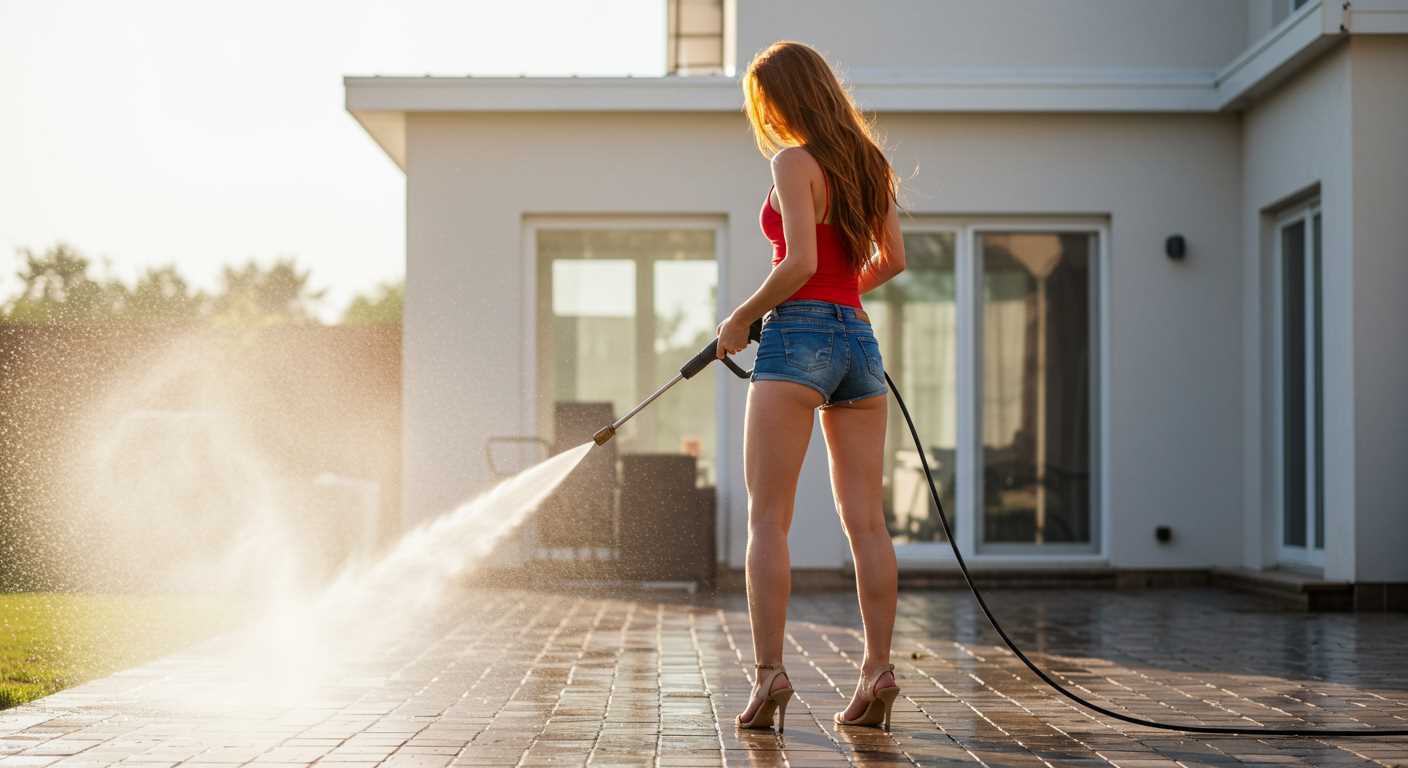
For tackling mould and mildew on outdoor areas, I recommend using sodium hypochlorite-based solutions. These products effectively eliminate stubborn organic growth on materials like wood, concrete, and vinyl. Always dilute according to manufacturer guidelines to avoid damage to surfaces.
Another option is oxalic acid, especially useful for restoring wood surfaces. It removes grey discolouration caused by moss and mildew, leaving a clean and fresh appearance. Apply it with a brush for better penetration and follow with thorough rinsing.
Consider bleach-free alternatives containing hydrogen peroxide. These formulations have gained popularity for their efficacy without harsh chemicals, making them less damaging to the environment. They oxidise organic matter, resulting in complete removal of stains.
Enzyme-based cleaners serve as a natural choice, breaking down mould and mildew without harsh ingredients. They’re particularly effective on porous materials, as the enzymes penetrate deeply to destroy the growth at its source.
If you’re looking for an eco-friendlier solution, a vinegar-based product is a viable option. White vinegar, when sprayed directly on affected areas, can effectively inhibit mould and mildew growth. Although slower acting, it’s safe for most surfaces and non-toxic.
Use a low-pressure application method when applying these products. High pressure can damage delicate surfaces and spread spores further. Always wear appropriate protective gear to avoid skin and eye irritation during the cleaning process.
Safety Measures When Using Cleaning Solutions
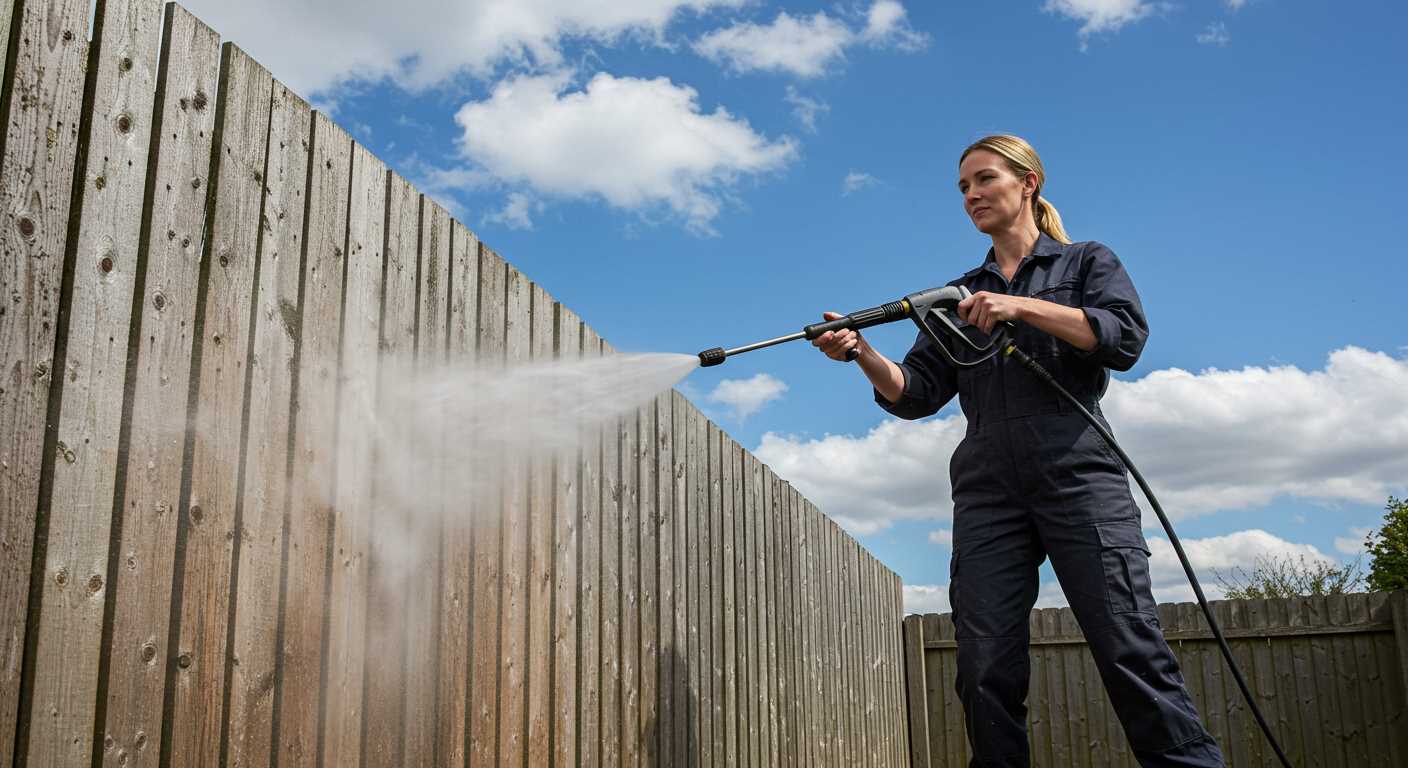
Always wear personal protective equipment, including gloves, goggles, and masks, to safeguard against splashes and harmful vapours. Make sure your working area is well-ventilated to reduce inhalation risks.
Prior to application, carefully read the labels of the products for specific instructions and safety warnings. Mixing different formulas can produce dangerous reactions; never combine products unless explicitly advised by the manufacturer.
Keep a neutralising agent nearby, especially when working with acidic substances. This preparation ensures you can quickly handle any spills or accidental contact with skin.
Store all solutions in a secure, locked area away from direct sunlight and extreme temperatures. Follow proper disposal protocols in accordance with local regulations, ensuring you prevent environmental contamination.
Regularly inspect your equipment for leaks or damage. If any issues are found, address them immediately to avoid accidents during operations.
Remember to test any new solution on a small, inconspicuous area first to assess compatibility with surfaces before proceeding with larger applications.
FAQ:
What types of chemicals do professional pressure washers commonly use?
Professional pressure washers typically use a variety of chemicals designed for specific cleaning tasks. Some of the most common types include detergents, sanitizers, and industrial-strength cleaners. These chemicals can target different materials such as concrete, wood, or vehicles. For example, a degreaser is often used to remove oil and grease from surfaces, while a mildew remover is helpful for cleaning outdoor fabrics and siding.
Are the chemicals used in pressure washing safe for the environment?
The environmental impact of pressure washing chemicals varies based on their composition. Many professionals prefer biodegradable and eco-friendly detergents to minimise harm to plants, animals, and water sources. It’s essential to choose products with low toxicity and proper labelling to ensure they are safe for outdoor use. Additionally, professionals often use techniques to contain runoff during washing, which further reduces environmental risks.
How are chemicals used in combination with pressure washing equipment?
Pressure washers often use specific nozzles or attachments to apply chemicals effectively. For instance, a downstream injector can mix the cleaning solution with water before it is sprayed onto the surface. This method ensures even distribution and improves cleaning efficiency. The right pressure setting is also crucial, as too high a pressure can cause damage to surfaces, while too low a pressure may not clean effectively.
Can I use household cleaners in a professional pressure washing machine?
Using household cleaners in a professional pressure washer is generally not recommended due to potential damage to the machine and ineffective results. These cleaners are often not formulated for high-pressure applications and may lead to clogging or corrosion of internal components. It’s best to use specially designed pressure washing detergents that are compatible with the equipment for optimal performance and longevity.
What precautions should I take when using pressure washing chemicals?
When using chemicals with a pressure washer, several precautions should be observed to ensure safety. First, always wear protective gear, such as gloves and goggles, to prevent skin and eye contact. Additionally, ensure proper ventilation if working indoors and avoid mixing different chemicals, which can create harmful fumes or reactions. It’s also wise to read labels for specific instructions and potential hazards associated with each product.


